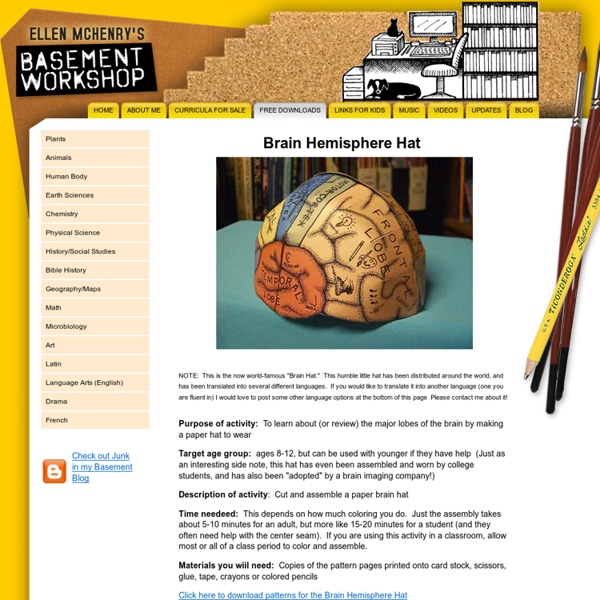How the Brain Retains Information Infographic
Disrupted sleep seems to be linked to the accumulation of amyloid plaques inside the brains of people not having problems with memory. Amyloid plaques are a characteristic marker for early stage Alzheimer’s disease. More studies are needed to figure out why it’s happening and whether or not sleep changes might predict cognitive decline. The researchers examined the sleep patterns of 100 people aged 45 to 80 who were dementia free. Half of them had a family history of Alzheimer’s disease. Sleep was measured for two weeks by means of a device placed on each of the participants. At the end of the study, it was found that 25% of the people had evidence of amyloid plaques, which may appear years ahead of Alzheimer’s disease symptoms begin. The study discovered that those who awoke more than 5 times every hour were more likely to have amyloid plaque buildup when compared to those who didn’t awaken that much. Copy and paste the code below to embed the full size image on your site:
Science of the Senses
Sight. Hearing. Touch. Below, Science NetLinks offers you a taste (and a look, listen, smell, and feel) of some of our sense-related resources. Filter Resources by Grade: Lessons Tools 3-8 | Interactive Test your reaction time with this interactive game! Science Updates Afterschool Resources K-5 | Hands-On Sound travels—not just through air, but through liquids and solids, too. Send us feedback about this Collection >
Explore the nervous system
you are here: home > explore Neuroscience For Kids explore table of contents The World of Neuroscience Brain Basics "Higher" Functions The Spinal Cord The Peripheral Nervous System The Autonomic Nervous System The Neuron Sensory Systems Neuroscience Methods and Techniques The Effects of Drugs on the Nervous System Neurological and Mental Disorders Copyright © 1996-2016, Eric H. home | search | explore | experiment | questions/answers | contact | links | donate newsletter | brain awareness week | Neuroscience in the News | poetry contest | books and articles | postcards | about | privacy | disclaimer | site map
125 Great Science Videos: From Astronomy to Physics & Psychology
Astronomy & Space Travel A Brief, Wondrous Tour of Earth (From Outer Space) - Video - Recorded from August to October, 2011 at the International Space Station, this HD footage offers a brilliant tour of our planet and stunning views of the aurora borealis.A Universe from Nothing - Video - In 53 minutes, theoretical physicist Lawrence Krauss answers some big enchilada questions, including how the universe came from nothing.A Year of the Moon in 2.5 Minutes - Video - The Lunar Reconnaissance Orbiter has been orbiting the moon for over a year. The footage gets compressed into 2 slick minutes.A Day on Earth (as Seen From Space) - Video - Astronaut Don Pettit trained his camera on planet Earth, took a photo once every 15 seconds, and then created a brilliant time-lapse film.Atlantis's Final Landing at Kennedy Space Center - Video - After more than 30 years, the space shuttle era comes to a close. Video runs 30 minutes. Physics Biology & Chemistry Environment, Geology and & Ecology
The Brain and Senses
Welcome to the Brain and Senses! Hi, we are Dr Ellen Poliakoff and Dr Luke Jones and we’re experimental psychologists. This means that we find out how people think and how the brain works. When we are not teaching - or lecturing as it's called at University! Luke's research Do you find that time passes quickly when you are having fun, but crawls along slowly when you have to do something boring? We think that we have an internal clock in our brains that we use to answer questions like these: How long did the event last for? How long will it be until something happens? How long ago did it happen? How well do we remember how long something lasted for? I'm particularly interested in finding out lots more about the latter. Ellen's research We often take our movements for granted, because most of the time we don't have to think about what we are doing. I am doing some research into Parkinson's disease - an illness that affects the brain and makes it difficult to move.
50 Brain Facts Every Educator Should Know
January 27th, 2010 By Pamelia Brown The brain is perhaps the most fascinating organ in the human body. It controls everything from breathing to emotions to learning. If you work with children, here are some facts that you might find helpful, from how the brain affects learning to facts about memory to interesting facts about the brain that you can share with your students. Brain Development and Learning Read on to learn interesting facts about how the brain develops, what can affect that development, and how learning is impacted. Read aloud. Memory Learn about the way short-term memory differs from long-term memory, how scent affects memory, and more. Different types of memory. Brain Trivia From how the brain helps while blinking to early brain surgery, these bits of trivia might come in handy the next time you are teaching about the brain. Blinking. The Physical Brain With this list, you’ll be prepared the next time you need to whip out fast facts about the make-up of the human brain. Water.
Twin Super Powers




Lesson for "brain hat' activity to learn and identify parts of the brain. Idea could be used for other body systems as well (lung vest, hand glove, ect.). by c.williams Jul 21